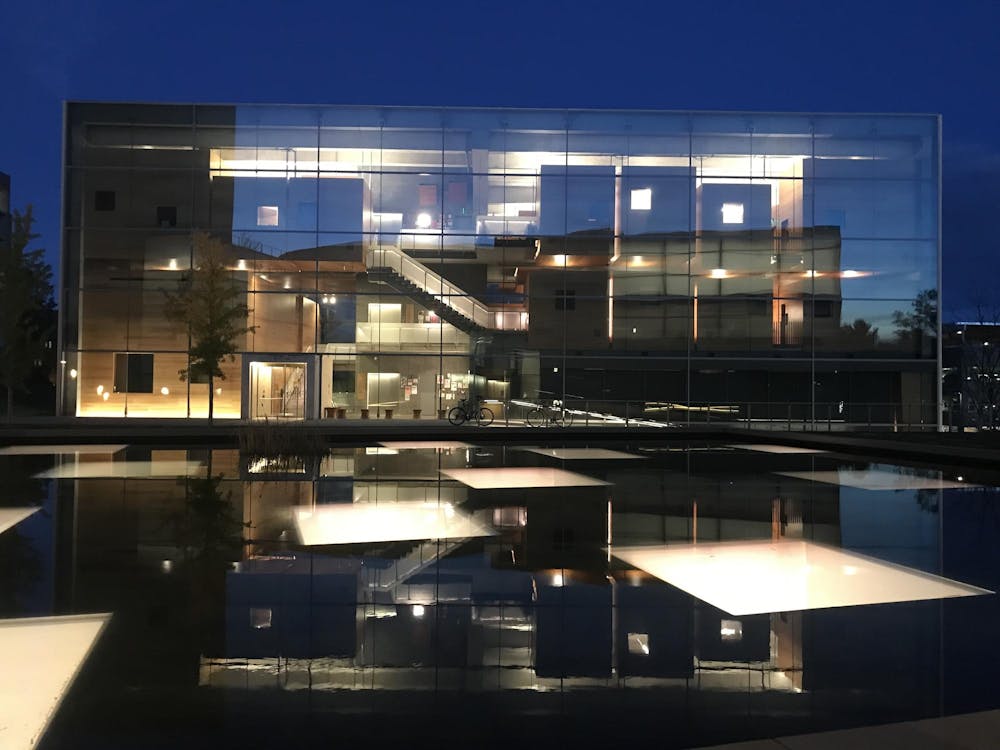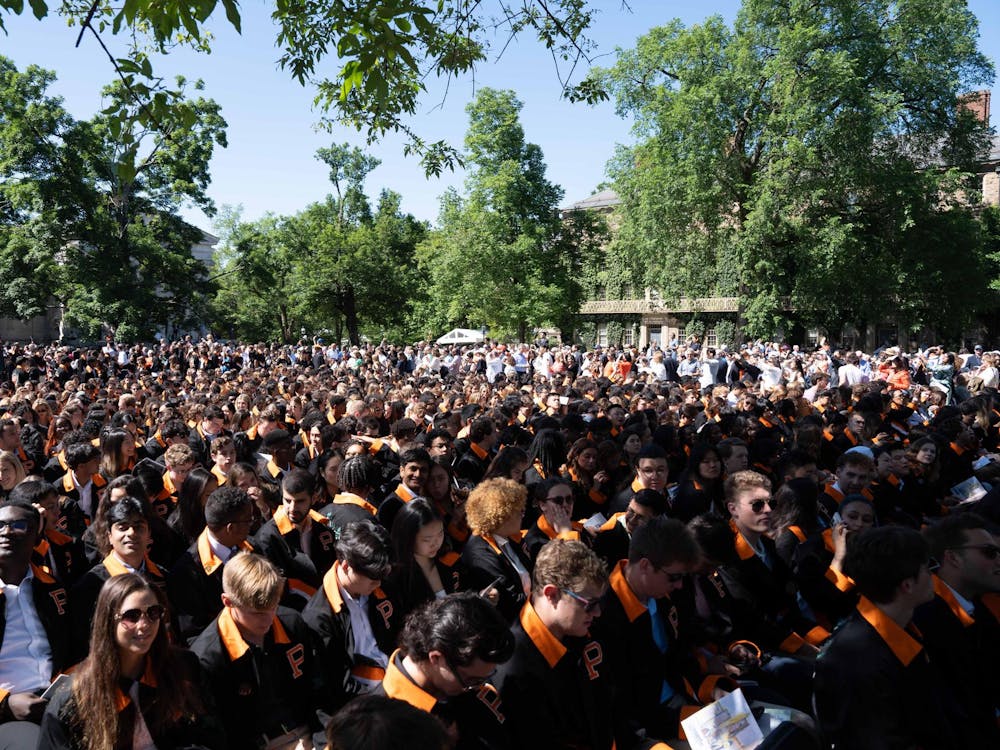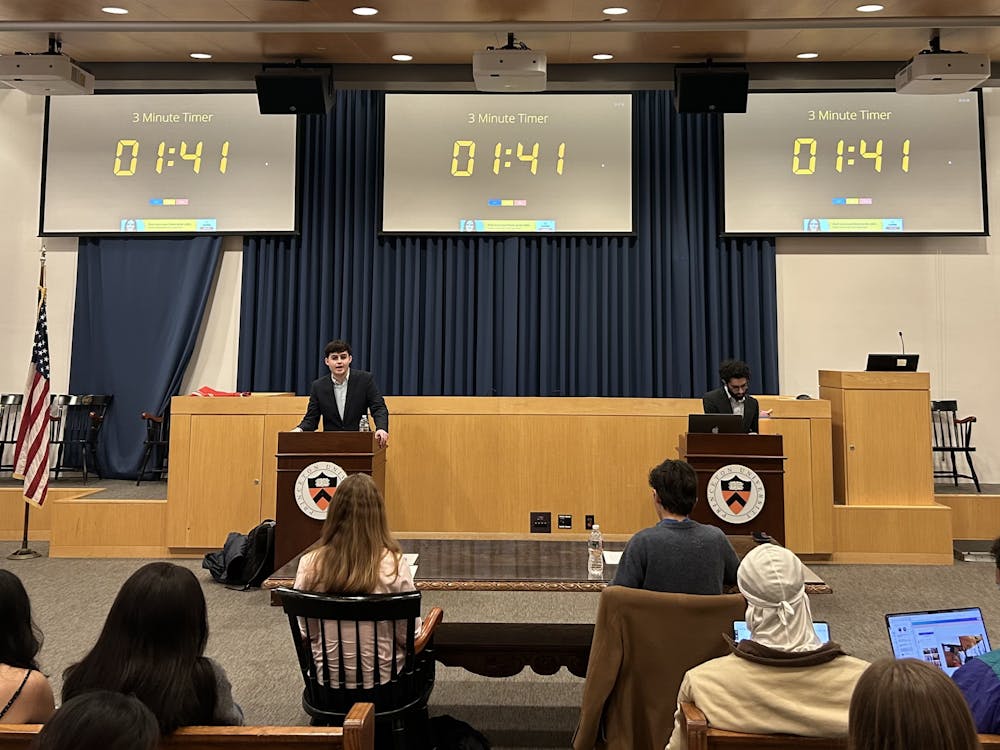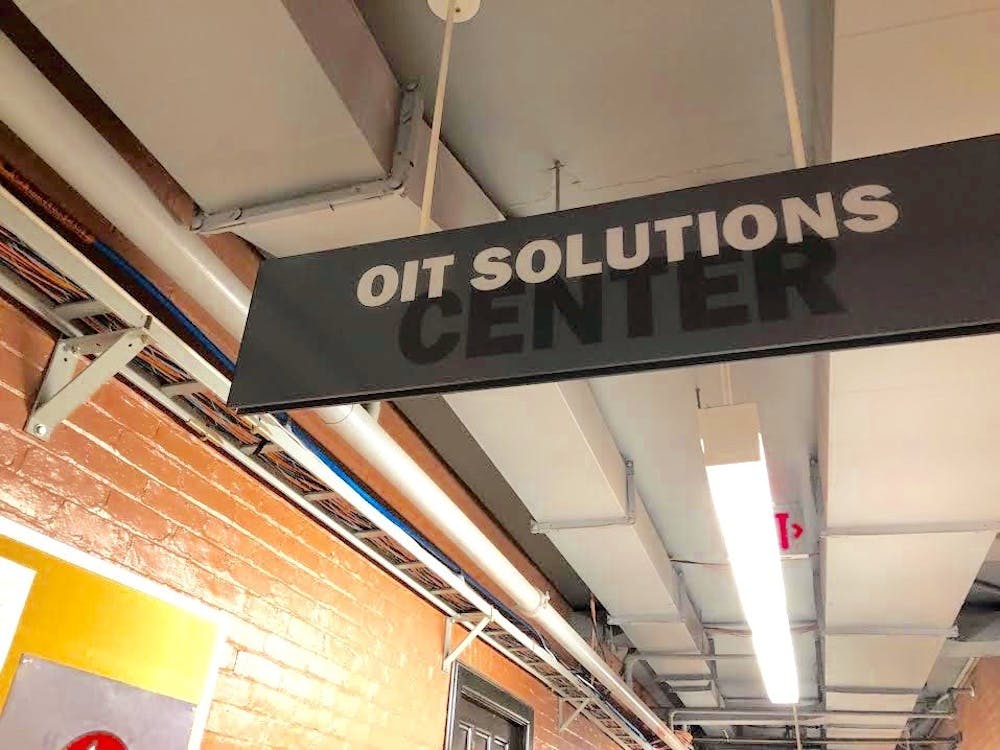When I first came to Princeton, I was excited to immerse myself in the theater scene on campus. However, I quickly found that Princeton’s theater program, operating in the Lewis Center for the Arts (LCA), differed greatly from the professional theater community I had experienced in my hometown of Jacksonville, Fla. Now, having spent over a year at Princeton as both an actor, teaching artist, and director, I feel more ready to voice my views on how the LCA’s casting works as an educational tool. In order to streamline the Try On casting process while preserving its inclusivity, structural changes are needed.
Casting, on a national level, has traditionally favored whiteness, able-bodiedness, and conventional attractiveness. This presents a challenge to contemporary theater educators in that their efforts may unintentionally reinforce exclusionary norms rather than provide a stimulating, instructional environment. To address these risks, the LCA mandates the “Try On Theater” audition process, replacing traditional auditions with pedagogically-driven, collaborative workshops open to students of all experience levels. This approach offers a commendable benefit: the flexibility of the program levels the playing field for actors with less experience in traditional audition practices, making theater more accessible.
While this flexibility creates space for innovation, it also inhibits LCA project directors’ ability to fit actors to their ideal roles and ensure actors commit to productions they find artistically sustainable. To address these concerns, the Try On Theater process should incorporate aspects of the traditional audition process like an additional “callback” session that incorporates material that will be performed during the LCA season. The LCA needs to further promote its supplemental audition workshops to students who lack a professional theater background so they may learn the “traditional” audition skills necessary, in order to achieve its pedagogical mission and prepare students to succeed outside of Princeton.
The goals of Try On are undeniably admirable. Its main aim is to dismantle the processes that often give an edge to those who are familiar with audition norms, increasing the theater programs accessibility and visibility on-campus. Furthermore, given that Try On makes casting decisions based on mutual director and actor interest rather than the more subjective notion of perceived “ability,” Try On’s relaxation of the audition process enables a broader range of participants to engage. Yet, the Try On process doesn’t always serve the needs of directors in the auditioning process, let alone the actors themselves.
The workshop structure of Try On, which casts multiple shows simultaneously, limits directors' ability to fully assess an actor’s fit for specific material. In traditional auditions, actors perform prepared pieces tailored to their strengths, allowing casting teams to provide direction or request alternative material. However, the demands of a Princeton student’s schedule and Try On’s collaborative format mean directors see less individualized work from auditionees. While this setup reflects the teamwork inherent in theater and allows directors to observe important interpersonal dynamics, it can hinder the identification of actors who authentically embody the world of a production.
It would benefit actors to see more of the shows they are auditioning for as well. In a “typical” audition process that isn’t casting new work, auditionees have the opportunity to read the script before they even audition. Since LCA seasons typically feature student written work, actors do not always know what roles they may be committing to. In the context of a Princeton student’s never-ending schedule, missteps such as these can quickly create a significant drain on the time and the well-being of the people involved in the production. While Try On, moving forward, is going to make scripts and music available to read and listen to during the audition, I believe more can be done to support actors as well as directors.
For example, material from the shows that will be performed should be consistently incorporated into Try On workshops. In any given Try On session, project leaders determine if original material is utilized, not LCA policy. There are real consequence to this lack of formality: when directors do not see actors perform material from the actual show, they may feel pressured to draw on their knowledge of auditionees’ past work, privileging already “in” groups and inadvertently reintroducing biases, with directors choosing actors based on a “type” or relationship, rather than pure ability. And when actors don’t perform material from the show for the audition, they risk dedicating a significant amount of time and energy to a production that they may not find compelling.
The solution to these challenges could be taking one page back out of traditional theater’s book and re-integrating callbacks. Unlike harsher professional callbacks, callbacks could extend offers based on mutual director-actor interest, rather than perceived auditionee ability. Directors would confirm actors’ interest in a production through having them read from the script or discuss how the material is artistically interesting. By adding this informal, but more intimate second round of auditions, directors could gain a clearer sense of how actors handle productions’ demands and actors would be empowered to commit to projects that genuinely excite them

Aside from the specific needs of actors and directors, Try On does not fully equip them for the reality of competitive and traditional professional theater auditions. Unspoken industry expectations, while perhaps unfair and increasingly less common, will continue to be a barrier to entry for students without pre-college theatrical experience if Try On doesn’t prepare them adequately.
To build these skills, Try On should mandate its existing audition etiquette workshops for actors cast in LCA productions to familiarize them with industry expectations, fostering peer support by allowing seasoned actors to guide newcomers. Such initiatives would maintain the collaborative spirit of Try On and ensure that inclusivity does not come at the expense of professional readiness.
Try On theater admirably tries to address inclusivity. But in order to actually achieve it, it needs to adapt again. A hybrid approach — maintaining accessibility while adding structure — could resolve these issues, ensuring that all artists receive both opportunity and adequate preparation to successfully pursue the projects, both in and out of Princeton, that they are best suited for.
Christie Davis is a sophomore at Princeton, intending to major in Economics through the Political Economy Program. She can be found at Theatre Intime and reached at cd6404@princeton.edu.









